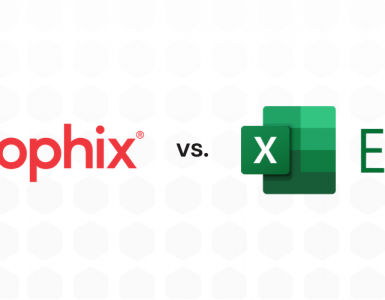
The Foundation of Planning and Analysis
In my March 2016 blog, I described how Financial Planning and Analysis (FP&A) needs to excel at delivering timely, accurate and reliable information to managers and executives. The emphasis of that blog was strategy implementation. However, for any person to excel in their role four conditions have to be present:
a) They must know what is expected of them.
b) They must be able to do what is expected of them.
c) They must be equipped to do what is expected of them.
d) They must want to do what is expected of them.
In this blog, I will describe broader aspects of an organization that is needed for FP&A to be equipped to excel.
Surveys show that finance and accounting department staff are largely caught up in processing transactions, performing traditional functions like accounts payable, accounts receivable, payroll, general accounting, financial reporting and cost accounting. This leaves insufficient time for doing critical business performance enhancing work. Research also demonstrates that progressive finance functions facilitate business performance by focusing on providing executives and managers with dramatically better information on which to base their decisions, monitor performance and consider alternative responses to change, business risks and opportunities.
The Hackett Group’s 2014 Business Services Planning & Analysis Performance Study identified four practices that have the greatest potential impact on finance function and therefore organization performance:
1. Adoption of advanced new analytical methods to support planning and analysis: this includes automation of financial and management reporting, which facilitates simulation modeling, what-if analysis, and on-the-fly forecast updates as well as scorecards and dashboards. Analytics and data mining are less frequently engaged by leading finance functions. Hackett notes that leading performers apply seven times the amount of effort on such methods then average performing organizations.
2. Adoption of performance management methods: this means employing well-recognized methods such as continuous improvement, strategic planning, process improvement and management, Balanced Scorecard and value based management.
3. Process standardization, forward-looking focus, and KPI definition: where organizations practice competent strategy formulation, planning and strategy implementation and therefore the computing technologies to support them. This is where corporate performance management (CPM) software excels massively over spreadsheets.
4. Process integration within and between planning domains: suggesting data is always reconciled and consistent (sometimes described as one version of the truth), where historical data and facts about operations are shared to become the foundation of planning and analysis, strategic planning, simulation modeling, what-if analysis and on-the-fly forecast updates. Compare these leading practices with disconnected; silo-oriented poor performing organizations.
Senior finance function professionals and even CEO’s might ask themselves how their organization is doing with respect to these practices. If they are not doing so well, then it is within their ability to adopt them. By supporting finance and accounting staff to get out from under traditional accounting work, business leaders and the performance of the organization will receive remarkable benefits.






